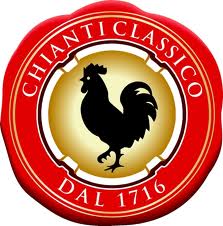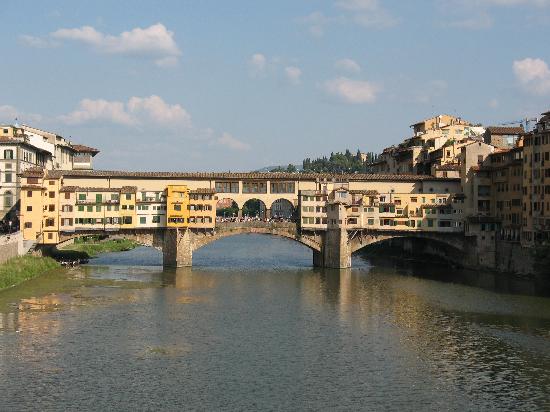Unless you are a wine journalist or someone in the Italian wine trade, you probably don’t know (and may not care) that the Chianti Classico consorzio recently caved to pressure to exclude Super Tuscans from its annual tastings of soon-to-be-released vintages.
 My only interest in the issue is the denial of access to wines from the region at a time when wine journalists are there in force to gather information on the latest Tuscan wines. In Montalcino and Montepulciano, similar tastings are organized for the Brunello and the Vino Nobile.
My only interest in the issue is the denial of access to wines from the region at a time when wine journalists are there in force to gather information on the latest Tuscan wines. In Montalcino and Montepulciano, similar tastings are organized for the Brunello and the Vino Nobile.
I have been to what is called the Benvenuto Brunello on a few occasions and found it useful, but would be inclined to make it a regular part of my schedule, and include stops in Montepulciano and the Chianti region, if I could make maximum use of my time and expense to taste all of the wines of those districts in one visit.
The reason I can’t is because of the politics of wine in Tuscany, and the fear that openess will bring change and that change will be bad for Tuscan wine.
At the heart of the issue is the renewed debate over purity, and whether or not Cabernet Sauvignon and Merlot should be allowed in the DOC and DOCG wines of the region. Opponents believe those grapes obscure the aromas, flavor characteristics and weight of the region’s money grape — Sangiovese.
 There is no doubt that too much Merlot and especially Cabernet will alter the trajectory of the wines from the region. But it’s also true that Merlot in particular, which ripens much earlier than Sangiovese, has enabled Chianti producers to make very good commercial wines in difficult years.
There is no doubt that too much Merlot and especially Cabernet will alter the trajectory of the wines from the region. But it’s also true that Merlot in particular, which ripens much earlier than Sangiovese, has enabled Chianti producers to make very good commercial wines in difficult years.
Without it, the late-ripening Sangiovese would have made light, acidic, uninteresting red wine in years when the weather presented challenges. So to me it seems that the changes to permit Merlot and Cabernet have overall been a net positive for the wines of Tuscany, and especially Chianti Classico.
The traditionalists seem to fear the possibility that the success of Super Tuscans in the world market will drive DOC and DOCG producers to skew their blends more in the direction of the Super Tuscan model, perhaps losing the distinct Sangiovese character of the traditional Tuscan wines.
And that may well happen. I say let the market determine the future of Tuscan wine. Artifical barriers, such as excluding Super Tuscan wines from the Chianti Classico tastings, are merely theatre. Chianti Classico and Brunello, if well made, will hold their own in the market place of wine.
That the proponents of traditional wines see the need to protect their identity seems to be a sign of weakness, rather than a position of strength — or common sense.
8
